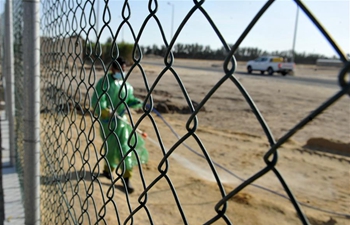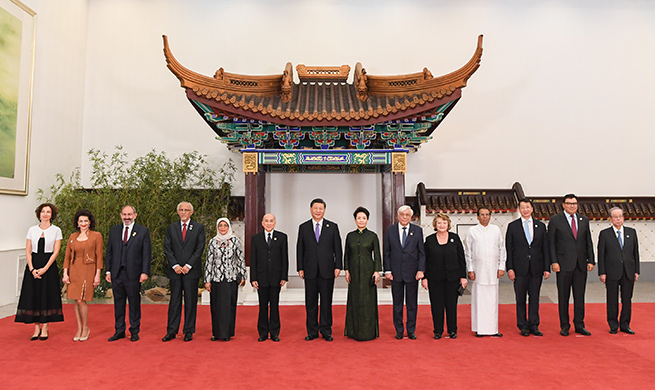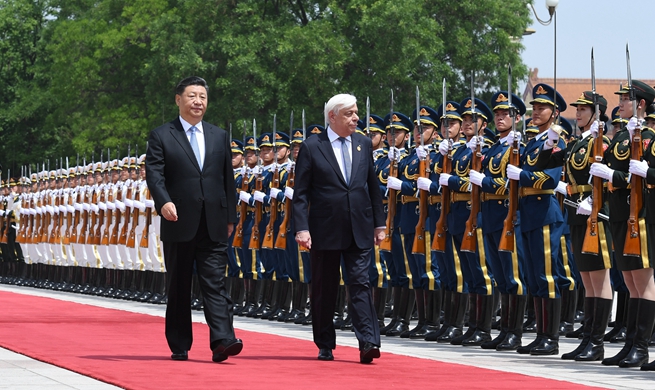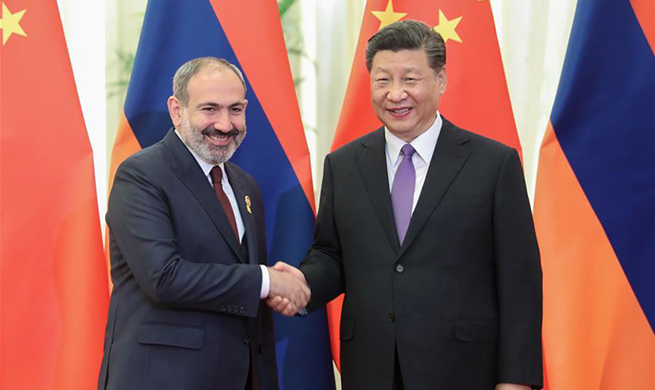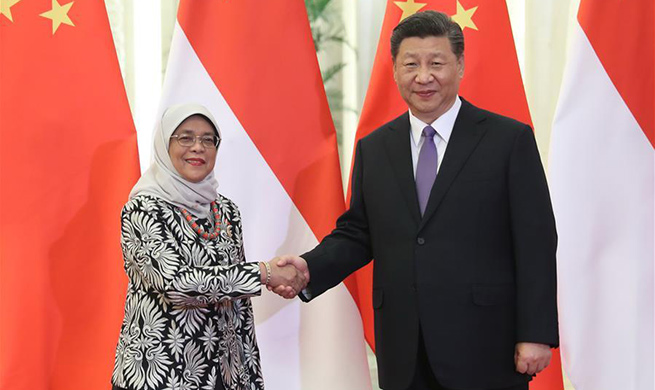NEW YORK, May 14 (Xinhua) -- U.S. experts hailed the China-proposed Belt and Road Initiative (BRI) as it facilitates people-to-people connectivity and offers sustainable development and green cooperation opportunities.
The BRI is a tremendous idea given China's geographic location and development stage, and is "the right thing to do", said Jeffrey Sachs, senior UN advisor and director of the Center for Sustainable Development at Columbia University in a keynote speech at a seminar jointly held by China General Chamber of Commerce and the Standard Chartered Bank.
Sachs, who declared himself "a huge fan of the BRI," also noted the need for China's integration with near neighbors as well as remote continents, such as Europe, East Africa, and Latin America,
Sachs's praise of the BRI was echoed by Alexis Crow, who leads the geopolitical investing practice at PwC (PricewaterhouseCoopers).
Crow attributed the charm of the initiative to people-to-people bond and believes the BRI "is different from past infrastructure development initiatives, particularly from the West," as it "relies on the bonds from people to people".
"I think the BRI is a very important concept, one that could be very complementary to the West," she said at a seminar entitled "China's New 21st Century Silk Road to Europe" held by the European-American Business Organization.
The BRI "should be a green initiative", as the world "needs China's leadership to decarbonize the energy system", noted Sachs.
"China should use the BRI to show how the real sustainable development in the 21st century should be done -- transparently, clean and cooperatively. This will be the way for the whole world to get together," he said.
Sarwar A. Kashmeri, adjunct professor of Political Science at Norwich University, compared the BRI to the Moon Shots Program proposed by former U.S. president John F. Kennedy in the 60's, saying it requires the same visionary boost as the U.S. program.
The BRI is aimed at building a trade and infrastructure network connecting Asia with Europe and beyond along the ancient Silk Road trade routes for common development and prosperity.

